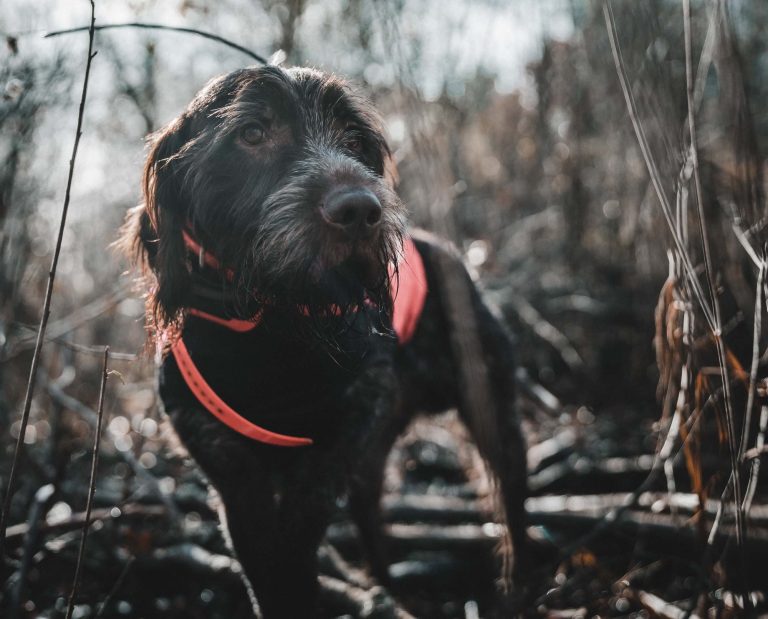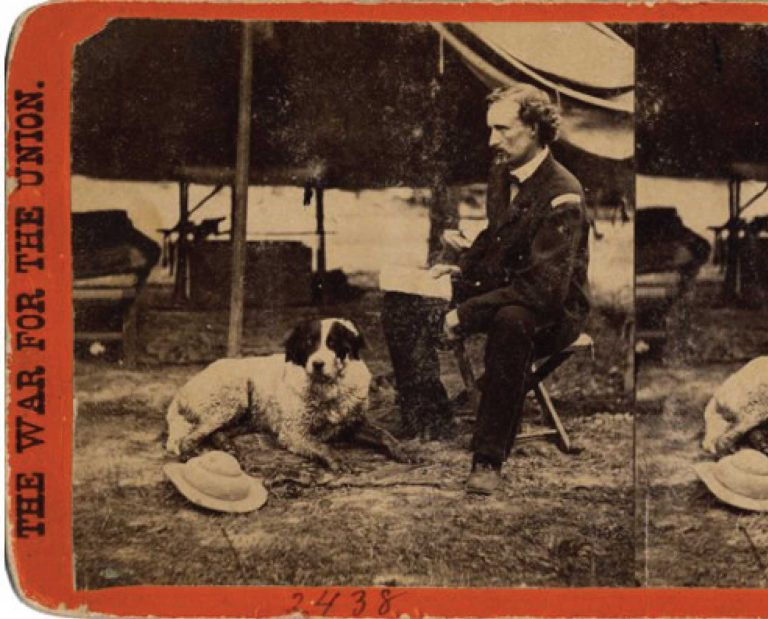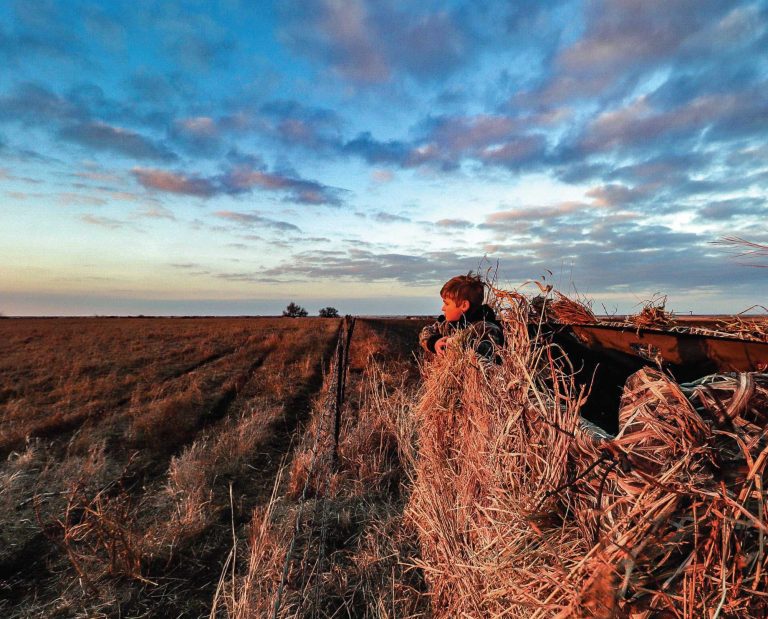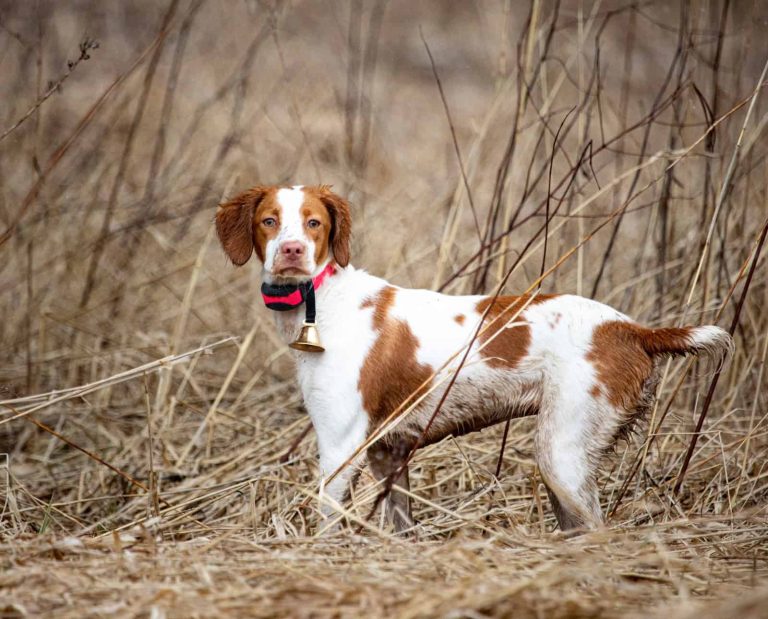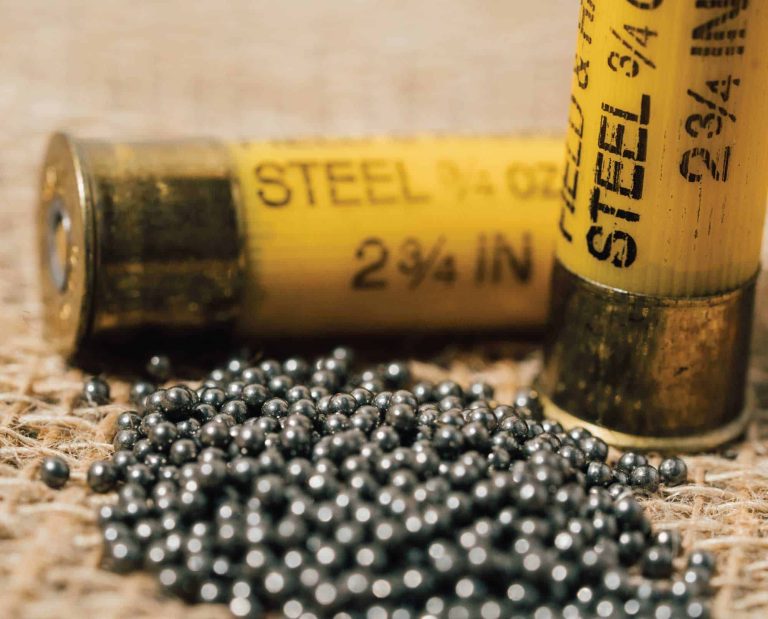Decoying Diver Ducks On A Budget
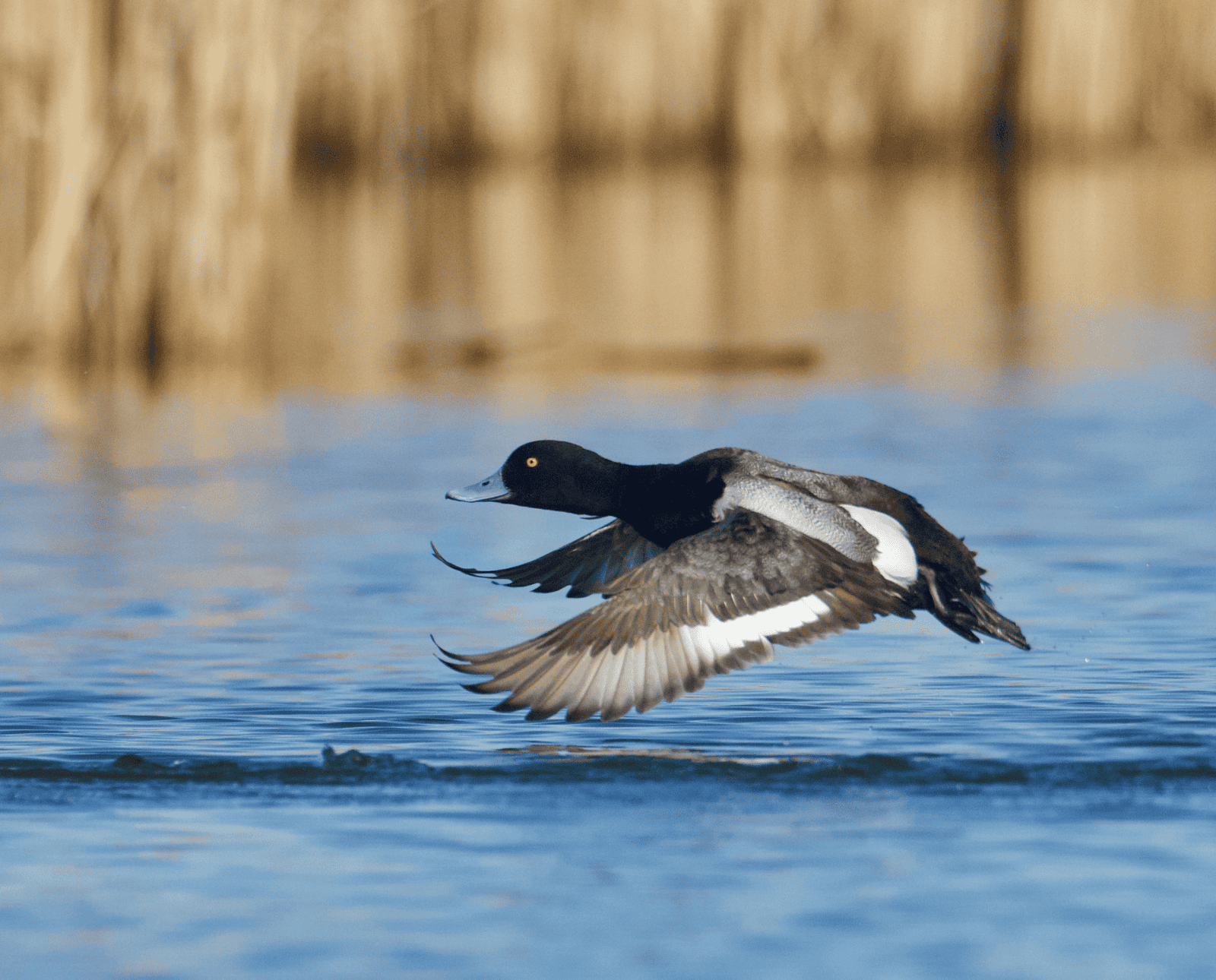
Scrounging resale markets, repainting used decoys, and setting up small spreads help hunters gain entry into the diver duck hunting world.
When I started hunting waterfowl, diver ducks seemed like the most expensive birds to target. YouTube videos worsened this impression. Everyone seemed to be hunting from extravagant blinds while utilizing an infinite number of bluebill and redhead decoys. It was baffling! How was a hunter on a limited budget supposed to compete with that?
The truth is, small decoy spreads are very effective if you play your cards right and know your diver ducks. Let’s look at how we can decoy diver ducks on a budget.
Use Small Spreads of Thrifted Decoys
There are three commonly hunted species of diver ducks: lesser and greater scaup, otherwise known as bluebills. The third is the studly redhead. These species love to be with their own kind. Often, you will see them on bodies of water rafting, or flocked together, by the hundreds or even thousands. That sight alone can maintain the preconceived notion of having to spend an ungodly amount of money on decoys to find success.
Read More: How to Select the Right Duck Decoys
However, some of my most exhilarating diver duck hunts taught me that the number of decoys I brought wasn’t overly necessary. Inexpensive decoy setups are often equally effective with diver ducks. If you plan on hunting diver-rich areas, you can save yourself a lot of money on decoys if you buy used decoys from social media marketplaces or other buy-and-sell websites. In the last few years, even yard sales have proven good places to pick up a few old decoys begging for a new life.
Make Sure Your Diver Decoys Are The Right Color
The physical shape of the decoy doesn’t matter all that much to most species of diver ducks. The color of the decoy matters more. Taking banged-up old mallard decoys and giving them a new paint job will not only keep a spread of otherwise devalued decoys out of the landfill but will also give them a renewed purpose.
Take a close look at the basic plumage of divers. The enduring commonalities in color are black, white, grey, and brown. Hens spend much of their time on nests either on the ground or inside cavities in trees. As a result, they have feathers that allow them to remain camouflaged while doing so. Their plumage doesn’t change much after they molt, either. The drakes, however, will molt from drab colors into the flashy versions of themselves often seen in photographs.
If you’re going to refurbish old decoys, follow similar color schemes to make your decoys look fairly realistic. Don’t go for maximum realism; it isn’t necessary in order to have functional decoys. Having the right general color scheme is more important. This is easily achievable when you’re repainting a half dozen goldeneye or bufflehead decoys. The hens are almost entirely brown while the drakes are a combination of black and white. Redheads, scaup, and canvasbacks call for a little bit more elaboration.
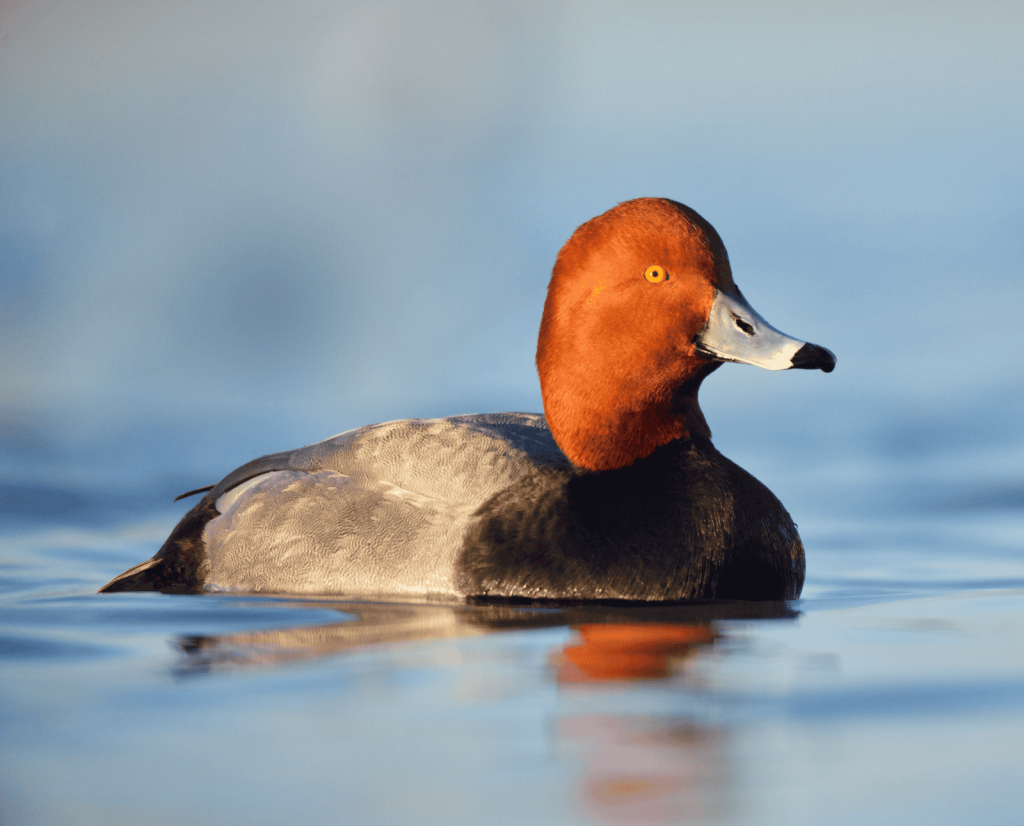
Opt For Foam-Filled Diver Decoys
As far as diver decoys are concerned, the best decoys are the market are foam-filled. This is for a very good reason. When divers pour into a decoy spread, they often do so right at the water’s surface. Sometimes, this requires shooting much lower than expected. Inevitably, a decoy or two will catch some pellets. If they’re not foam-filled, that is often the end of the decoy.
Foam-filled decoys can take a real beating with pellets and keep doing their job, but older dekes are often hollow. Luckily, this problem is easily treatable with any can of spray foam, which is readily available from most hardware stores. Simply drill a hole in the decoy’s side above the waterline, and give the can a quick squeeze to fill the decoy with foam.
If you invest in brand-new diver decoys, remember that you want your new spread to last for as long as the sands of time allow. Twelve foam-filled decoys will be more than enough to get you started and give you the foundation to grow your spread further, should you choose to. Folks like you and I are quite fortunate to live in the time that we do because so many decoy companies offer foam-filled products for exceptionally reasonable price points, allowing for the average waterfowler to get their hands on a dozen.
Strategically Spread Just One Dozen Decoys
When I’m setting up my diver spread, especially when hunting from shore, I start with a dozen decoys of the two species I am most prominently seeing on the water. For example, let’s say those two species are lesser scaup and redheads. I use six of one species and six of the other. I spread them out thinly, leaving two large pockets directly to my left and right. Think about it like this: if you are facing a direct angle to the water, the two major gaps I’m leaving open for divers to land in will be at the ten and two o’clock position, especially if the wind is coming from over my back, or from the left or right.
Read More: Perfecting Minimalistic Duck Decoy Setups
If you have the opportunity to watch diver ducks feed together, especially in small groups, note that they tend to break off into smaller contingencies. Common goldeneyes and buffleheads are notorious for this. However, I’ve watched half a dozen bluebills dip away from a larger body of birds many times, if for no other reason than to avoid competition when feeding.
This works to the advantage of the hunter utilizing a small spread of decoys. You can emulate their natural behavior by batching three or four decoys very close together. It may seem ridiculous, but it works, and it works well.
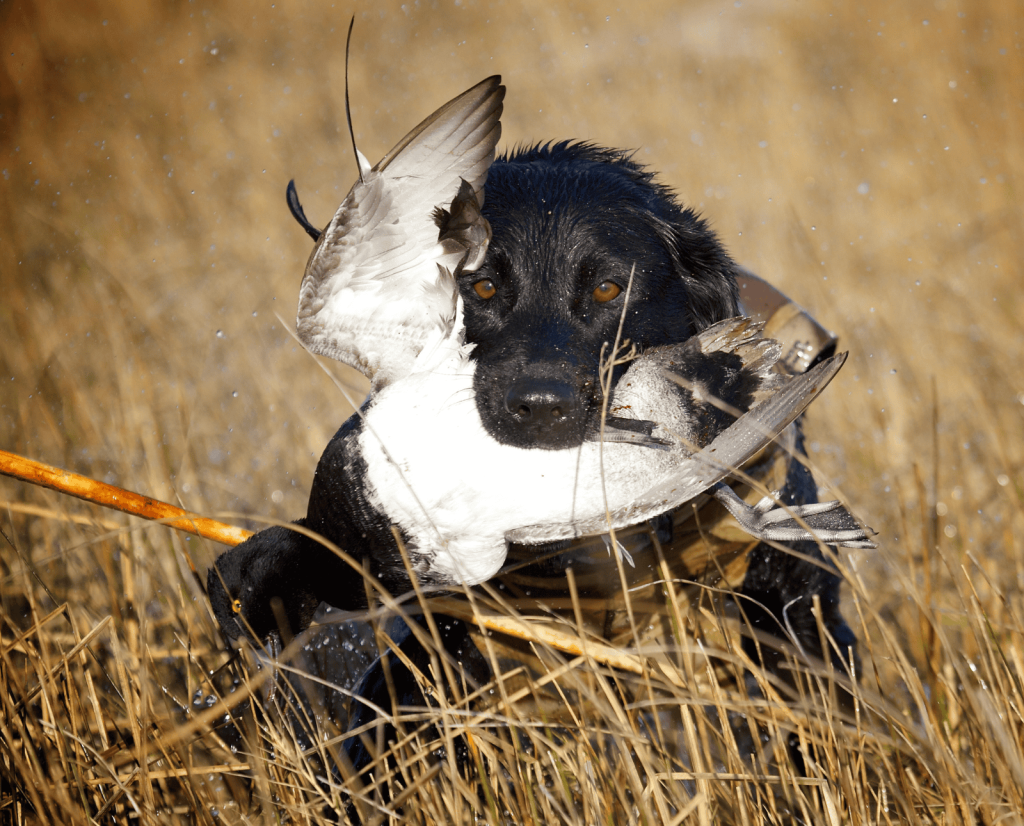
Small Spreads Of New Or Improved Decoys Offer An Entry Into Diver Duck Hunting
If you’re expecting vast swaths of birds to swarm your decoys, reel in your expectations a bit. More often, small spreads pull singles and doubles within shooting distance. Personally, I prefer a slow trickle of birds as opposed to a large flock coming in all at once. It offers the opportunity to pick and choose my targets without the overstimulation of one hundred other birds acting as a massive distraction.
You don’t have to take out a second mortgage to invest in a spread of diver duck decoys. Be smart and observe the birds you plan to hunt. Just remember that brand-new decoys aren’t the only option available to you.



